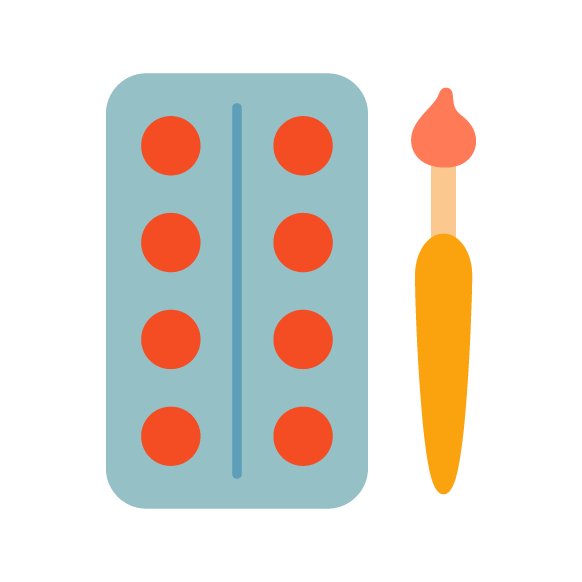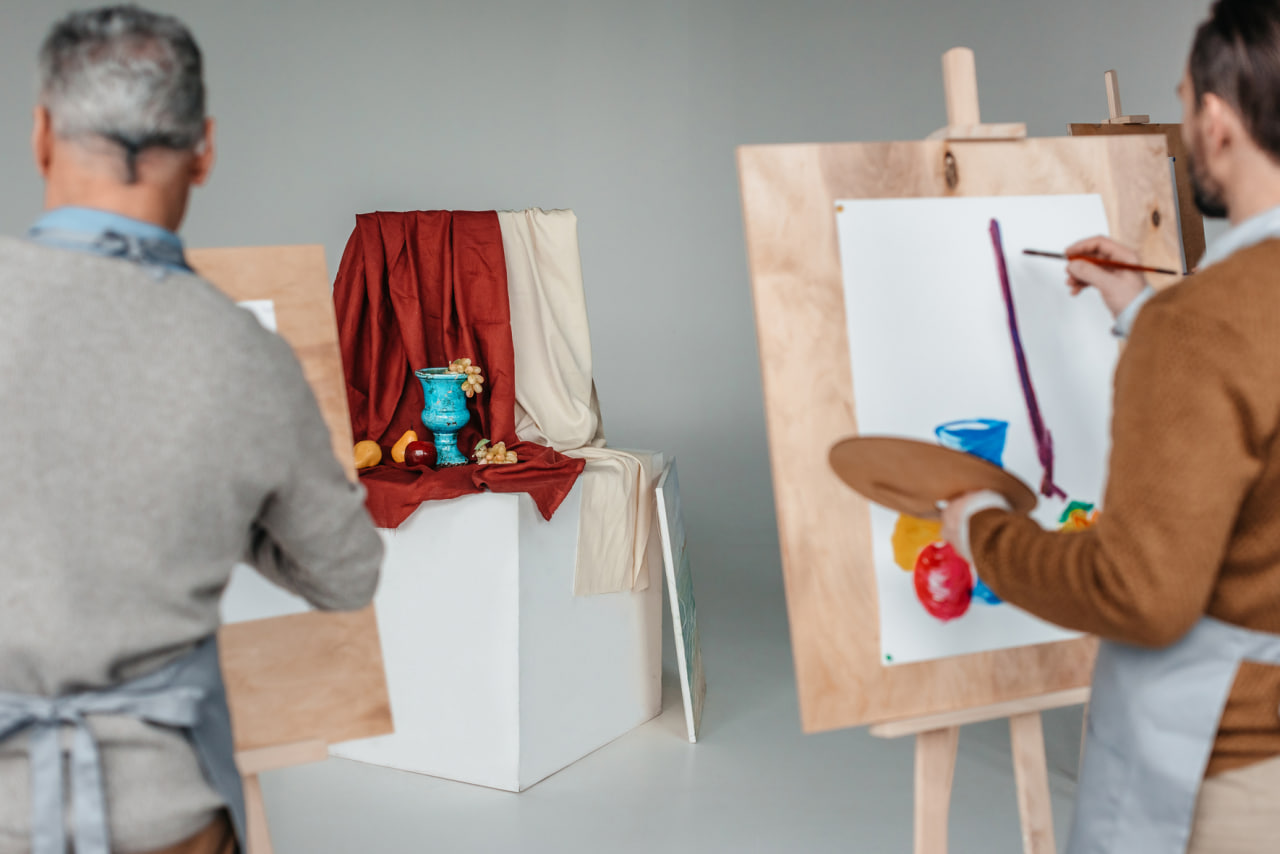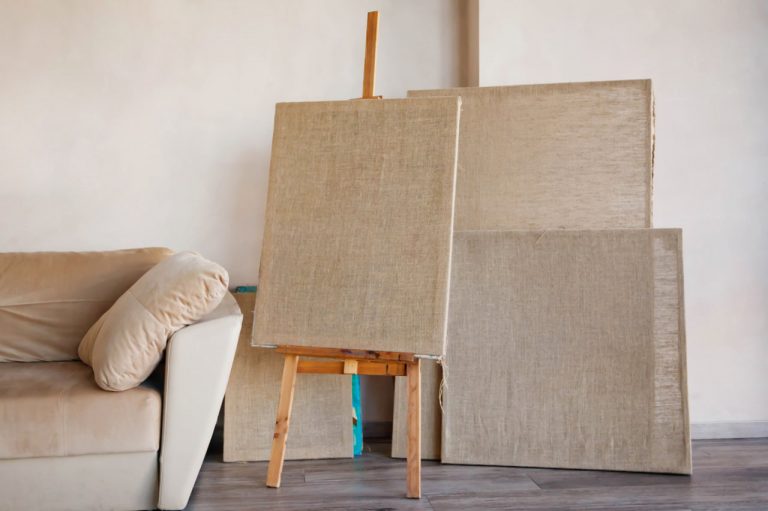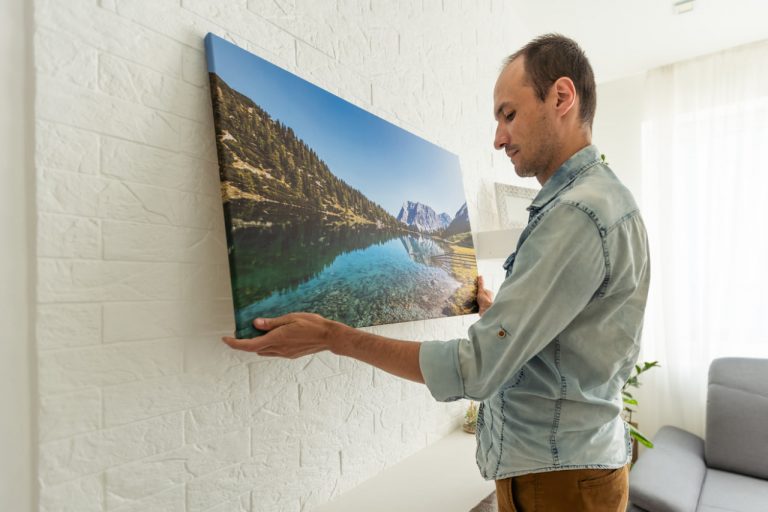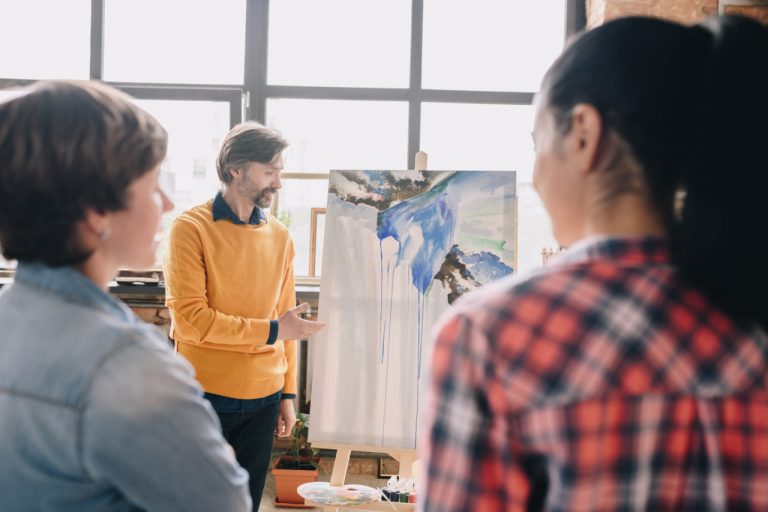The Artist’s Mind: Finding Flow in the Creative Process
Understanding Flow in Art
Flow is a mental state where a person becomes fully immersed in an activity, experiencing energized focus, complete involvement, and enjoyment in the process. For artists, finding flow during the creative process is often described as the moment when time seems to disappear, and the act of creation feels effortless and deeply satisfying. This state of flow is crucial for producing authentic and inspired work, as it allows artists to access their intuition and express themselves freely without judgment or distraction.
The concept of flow was first identified by psychologist Mihaly Csikszentmihalyi, who studied how people achieve optimal performance and happiness through deep engagement in tasks. In the context of art, flow happens when the challenge of the work matches the artist’s skill level, creating a perfect balance between difficulty and ability. This balance keeps the artist motivated and prevents boredom or anxiety.
Preparing the Mind for Creativity
Achieving flow requires more than just sitting down to create—it involves preparing the mind to enter a focused, open state. Many artists find that routines or rituals before starting work help signal their brain that it’s time to switch into creative mode. This might include setting up a dedicated workspace, listening to certain music, or spending a few minutes in meditation or mindful breathing.
Clearing mental clutter is essential. Anxiety about the outcome, distractions, or self-doubt can all prevent flow from emerging. Practices such as journaling, sketching loosely without pressure, or simply taking a moment to observe the surroundings can help calm the mind and encourage openness to inspiration.
Setting clear, achievable goals for each session can also enhance flow. These goals should focus on the process rather than the product, such as experimenting with color, exploring texture, or capturing a mood, rather than worrying about a perfect final piece.
The Role of Focus and Attention
Flow thrives on deep focus. When an artist dedicates undivided attention to their work, they enter a heightened state of awareness where sensory input and creative impulses align seamlessly. This focus allows for a better connection between the mind and hand, improving coordination and decision-making.
Distractions are the enemy of flow. Modern technology and everyday responsibilities often pull artists away from sustained concentration. Creating boundaries—like turning off notifications, setting specific time blocks for work, and communicating availability to others—can help preserve focus.
Interestingly, flow is not about forcing concentration but rather about letting go of control and allowing the creative process to unfold naturally. This paradox requires artists to balance discipline with relaxation, being both attentive and open.
Embracing Mistakes and Serendipity
One of the beautiful aspects of flow is the willingness to embrace mistakes and unexpected outcomes as part of the creative journey. When artists are fully engaged, they are less likely to be critical of imperfections and more likely to see them as opportunities for discovery and growth.
This openness encourages experimentation, risk-taking, and playful exploration—all essential components of innovation in art. Flow fosters a mindset where the process is valued over the product, allowing artists to break free from rigid expectations and discover new techniques or ideas.
Accepting imperfection also reduces the fear of failure, which is a common barrier to entering flow. The less an artist worries about being judged, the more likely they are to access spontaneous creativity and authentic expression.
The Impact of Environment
The physical and emotional environment plays a significant role in facilitating flow. A comfortable, organized, and inspiring workspace can help an artist feel at ease and motivated. Natural light, soothing colors, and access to favorite materials contribute to a positive atmosphere conducive to creativity.
Equally important is the emotional environment. Supportive relationships, constructive feedback, and time for rest and reflection nurture an artist’s well-being and creative energy. Conversely, stress, negativity, or unrealistic pressures can block flow.
Artists often benefit from periods of solitude balanced with social interaction. Time alone allows deep immersion in work, while engagement with other creatives can spark new ideas and perspectives.
Flow as a Path to Artistic Growth
Experiencing flow regularly leads to continuous improvement. As artists become more comfortable entering this state, their skills sharpen, and their personal style evolves. The intuitive decisions made in flow contribute to more confident brushstrokes, stronger compositions, and richer storytelling through art.
Flow also deepens the emotional connection between the artist and their work, resulting in pieces that resonate more deeply with audiences. The authenticity and passion conveyed in art created during flow are often unmistakable and compelling.
Developing the ability to find flow is a lifelong journey. It requires patience, self-awareness, and a willingness to cultivate habits and environments that support creative engagement.
